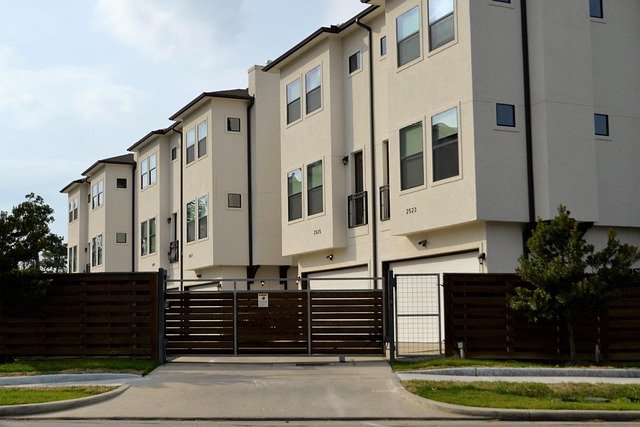Title: Micro-Apartments: The Next Big Thing in Urban Real Estate
Introduction: In a world where urban space is becoming increasingly scarce and expensive, a new trend is emerging in the real estate market: micro-apartments. These compact living spaces, typically ranging from 200 to 400 square feet, are reshaping the way city dwellers think about home. With 54% of the global population now residing in urban areas, and this figure expected to rise to 68% by 2050, micro-apartments are poised to become a significant player in the future of urban housing.

Design Innovation in Small Spaces
Despite their diminutive size, modern micro-apartments are marvels of design ingenuity. Architects and interior designers are pushing the boundaries of space efficiency, creating homes that feel surprisingly spacious and functional. Multi-purpose furniture, such as Murphy beds that transform into desks or dining tables, and built-in storage solutions are standard features. Some units even incorporate movable walls or modular elements that can reconfigure the space for different uses throughout the day.
The Financial Appeal of Micro-Living
For many urban dwellers, particularly young professionals and students, micro-apartments offer an affordable entry point into desirable neighborhoods that would otherwise be out of reach. In cities like San Francisco, where the median rent for a one-bedroom apartment hovers around $3,000 per month, micro-units can be up to 30% cheaper. This financial accessibility is not just beneficial for renters; it’s also attracting the attention of investors and developers who see potential for higher yields per square foot.
Regulatory Challenges and Zoning Battles
The proliferation of micro-apartments hasn’t been without controversy. Many cities have minimum size requirements for residential units, which these compact dwellings often fail to meet. New York City, for example, launched a pilot program in 2013 to test micro-units as small as 250 square feet, temporarily waiving zoning laws that typically require apartments to be at least 400 square feet. As the demand for affordable urban housing grows, more cities are reconsidering their regulations to accommodate this new housing typology.
The Environmental Case for Micro-Living
Proponents of micro-apartments argue that these compact dwellings offer significant environmental benefits. Smaller living spaces inherently consume less energy for heating, cooling, and lighting. Many micro-apartment developments are also designed with sustainability in mind, incorporating features like energy-efficient appliances, shared amenities, and proximity to public transportation. This aligns well with the growing eco-consciousness among urban populations and could play a role in cities’ efforts to reduce their carbon footprints.
The Social Implications of Downsized Living
While micro-apartments solve many practical problems, they also raise questions about quality of life and social dynamics. Critics argue that these tiny living spaces could lead to isolation and negatively impact mental health. To counter this, many micro-apartment developments are incorporating extensive communal spaces – from rooftop gardens to co-working areas – to foster a sense of community among residents. This shift towards a more communal living model could have far-reaching implications for urban social structures.
The Future of Micro-Apartments in Real Estate
As urban populations continue to grow and housing affordability remains a pressing issue, micro-apartments are likely to become an increasingly important segment of the real estate market. Some industry experts predict that by 2025, micro-units could account for up to 15% of new construction in major urban centers. This trend is already inspiring innovation beyond residential real estate, with concepts like micro-hotels and even micro-retail spaces gaining traction.
In conclusion, micro-apartments represent more than just a housing trend; they’re a reflection of broader shifts in urban living, economics, and social values. As cities grapple with the challenges of density and affordability, these compact dwellings offer a compelling solution that’s reshaping the urban landscape. For investors, developers, and urban planners alike, understanding and adapting to the micro-apartment phenomenon will be crucial in navigating the future of real estate in our increasingly urbanized world.





